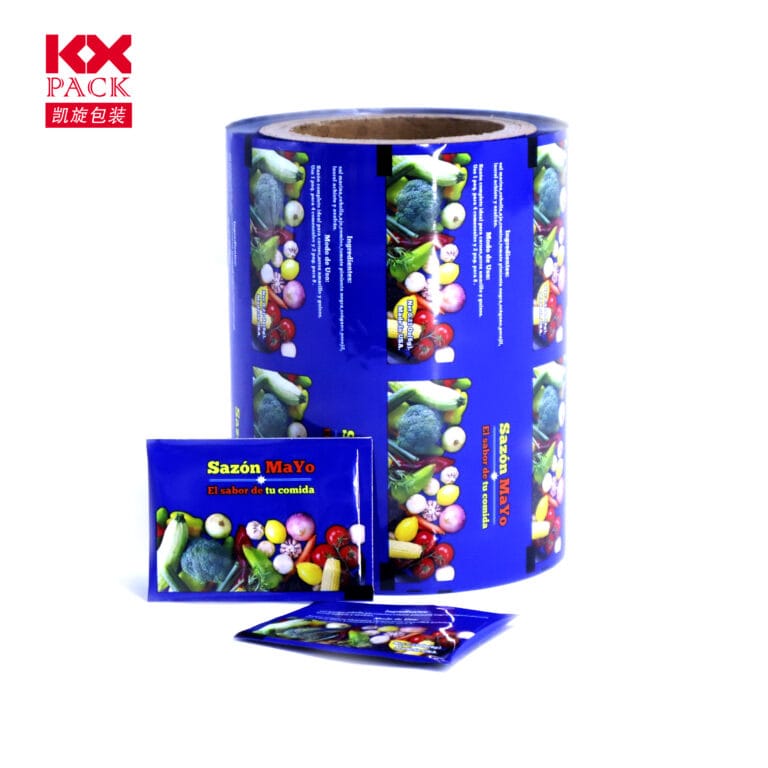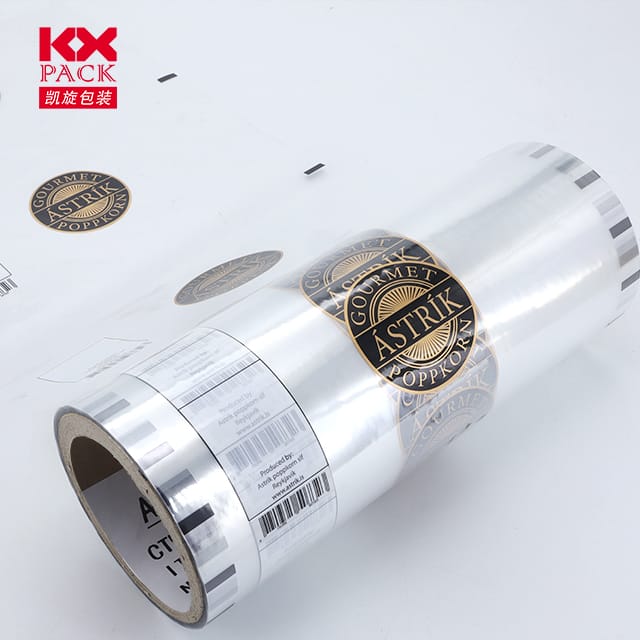Evolusi dan kesan filem pembungkusan plastik: Mengimbangi fungsi dan kelestarian
Filem pembungkusan plastik
In today’s fast-paced consumer landscape, plastic packaging films have become ubiquitous, diam -diam melindungi segala -galanya dari hasil segar ke elektronik. Bahan -bahan serba boleh ini, Dikenali dengan ketahanan ringan mereka, rintangan kelembapan, dan kecekapan kos, telah merevolusikan bagaimana produk mencapai pengguna. Namun, Jejak alam sekitar mereka telah mencetuskan perdebatan yang dipanaskan. Let’s unpack the world of plastic packaging films—exploring their benefits, cabaran, and the innovative strides toward a greener future.
1. The Workhorses of Modern Packaging
Plastic packaging films, termasuk polietilena (PE), polipropilena (PP), and polyester (PET), are engineered to meet diverse needs.
- Pemeliharaan makanan: Films like Bopp (Polipropilena berorientasikan biaxially) are staples in snack packaging, offering transparency, halangan kelembapan, and printability. Contohnya, potato chip bags rely on multi-layered films to maintain crispness and shelf life.
- Agricultural Applications: LDPE (Polietilena berkepadatan rendah) films shield crops from pests and weather, extending growing seasons and reducing food waste before harvest.
- Industrial and Medical Uses: Stretch films secure pallets during transit, while sterilized medical-grade films protect surgical instruments.
Their adaptability across industries underscores their indispensability—but at what cost?
2. The Environmental Paradox
While plastic films excel in performance, their drawbacks are hard to ignore:
- Single-Use Waste: A staggering 36% of all plastic produced globally is used in packaging, much of it discarded after a single use. Films like cling wrap or shopping bags often end up in landfills or oceans, taking centuries to decompose.
- Rintangan kitar semula: Many films are challenging to recycle due to contamination, multi-layer compositions, or lack of infrastructure. Sebagai contoh, composite films used in coffee packaging (Mis., foil-lined pouches) are rarely accepted in curbside programs.
- Microplastic Pollution: Degraded films fragment into microplastics, infiltrating ecosystems and even human food chains.
3. Inovasi memacu kemampanan
The packaging industry is racing to address these challenges with cutting-edge solutions:
- Filem Biodegradable dan Compostable: Syarikat seperti TIPA Corp dan Novamont are pioneering compostable films made from plant-based materials (Mis., corn starch or algae). These break down in industrial composting facilities within weeks, offering a viable alternative to traditional plastics.
- Recyclable Mono-Material Films: Brands are shifting to single-polymer films (Mis., 100% PE or PP) untuk meningkatkan kitar semula. Sebagai contoh, ProAmpac’s ProActive Recyclable films are designed for easy sorting and reprocessing.
- Chemical Recycling Breakthroughs: Advanced recycling technologies, such as pyrolysis, convert mixed plastic waste into fuels or raw materials for new films, closing the loop on circularity.
- Barrier Coatings from Nature: Innovators are using chitosan (from crustacean shells) atau cellulose nanofibers to create biodegradable barriers, reducing reliance on fossil-fuel-based chemicals.
4. Consumer and Corporate Responsibility
The transition to sustainable packaging isn’t just a manufacturer’s job—consumers and policymakers play pivotal roles:
- Educating Shoppers: Clear labeling (Mis., “Home Compostable” vs. “Recyclable”) and awareness campaigns can reduce contamination in recycling streams.
- Corporate Commitments: Giants like Unilever dan Nestlé have pledged to slash virgin plastic use and invest in recyclable/compostable packaging by 2025.
- Policy Levers: Tanggungjawab pengeluar yang dilanjutkan (EPR) laws in the EU and U.S. hold brands accountable for waste, incentivizing eco-design.
5. Jalan ke depan: A Hybrid Approach
While no single solution will solve the plastic crisis, a hybrid approach shows promise:
- Sistem yang boleh diguna semula: Refill stations and returnable packaging (Mis., Loop’s durable containers) minimize single-use waste.
- Filem pintar: Temperature-sensitive or RFID-tagged films could optimize supply chains, reducing over-packaging.
- Kerjasama global: Cross-industry partnerships (Mis., The Ellen MacArthur Foundation’s New Plastics Economy) are accelerating innovation and standardization.
Kesimpulan: Rethinking the Role of Plastic Films
Plastic packaging films are here to stay—but their future must be redefined. By prioritizingrecyclability, compostability, and reduced material use, the industry can curb its environmental impact without sacrificing functionality.
As consumers, we hold power too: Choose brands committed to sustainability, recycle diligently, and advocate for systemic change. Lagipun, the films that wrap our daily lives should protect both our products and our planet.
What’s your take on plastic packaging films? Share your thoughts or tips for sustainable swaps below! 🌍🛍️♻️
Kata kunci: plastic packaging films, Kemampanan, Pembungkusan biodegradable, kitar semula, circular economy, Pembungkusan makanan, kesan alam sekitar.







